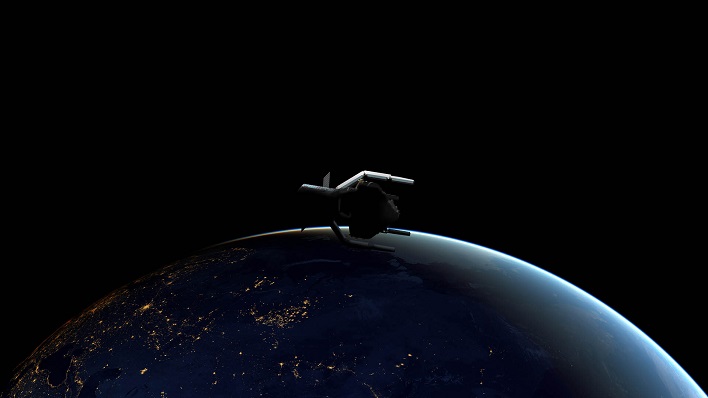There's So Much Junk In Space That Space Junk Clean-Up Missions Are A Moving Target

With companies like SpaceX launching more satellites than ever while NASA and other space agencies prepare for missions to the Moon, space junk has become a topic of conversation on the lips of many in recent years. In late 2021, Russia sparked a ton of criticism after it reportedly fired an Anti-Satellite Test (ASAT) missile that left behind orbital debris in its wake. More recently, the European Space Agency's (ESA) Space Debris Office was told by the United States 18th Space Defense Squadron that new objects, deemed as space junk, have been located near a payload adapter, which is also space junk.

The new space debris that was identified by the US Space Defense is thought to have been most likely the result of a hyper-velocity impact of a small, untracked object that ended in a low-energy release of new fragments. The agency does not, however, believe that the new space debris causes any danger to other missions at this time.
While the new space junk does not currently present any danger, it does highlight the need for missions like ClearSpace-1. Other companies, such as start-up Privateer founded by Apple's co-founder Steve Wozniak, are also attempting to devise new methods for cleaning up space as we know it.
The European Space Agency remarked, "To minimise the number of fragmentation events, we must urgently reduce the creation of new space debris and begin actively mitigating the impact of existing objects." The ClearSpace-1 mission is scheduled to launch sometime in 2026.

